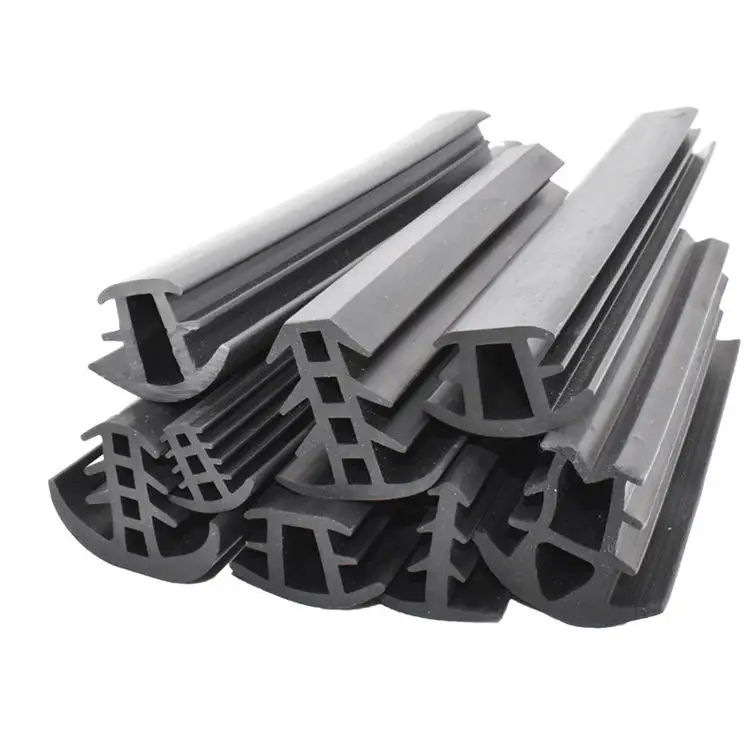Seal strips, often referred to as weatherstripping, are materials designed to fill gaps between surfaces, typically around doors and windows. They come in various forms, including adhesive-backed foam, rubber, vinyl, and metal. The primary purpose of these strips is to create a barrier against air and moisture infiltration, which is crucial for maintaining a comfortable indoor environment. When sourced wholesale, manufacturers and retailers can supply these materials at a reduced cost, making them accessible for large-scale projects or ongoing installations.
 Home
Home









